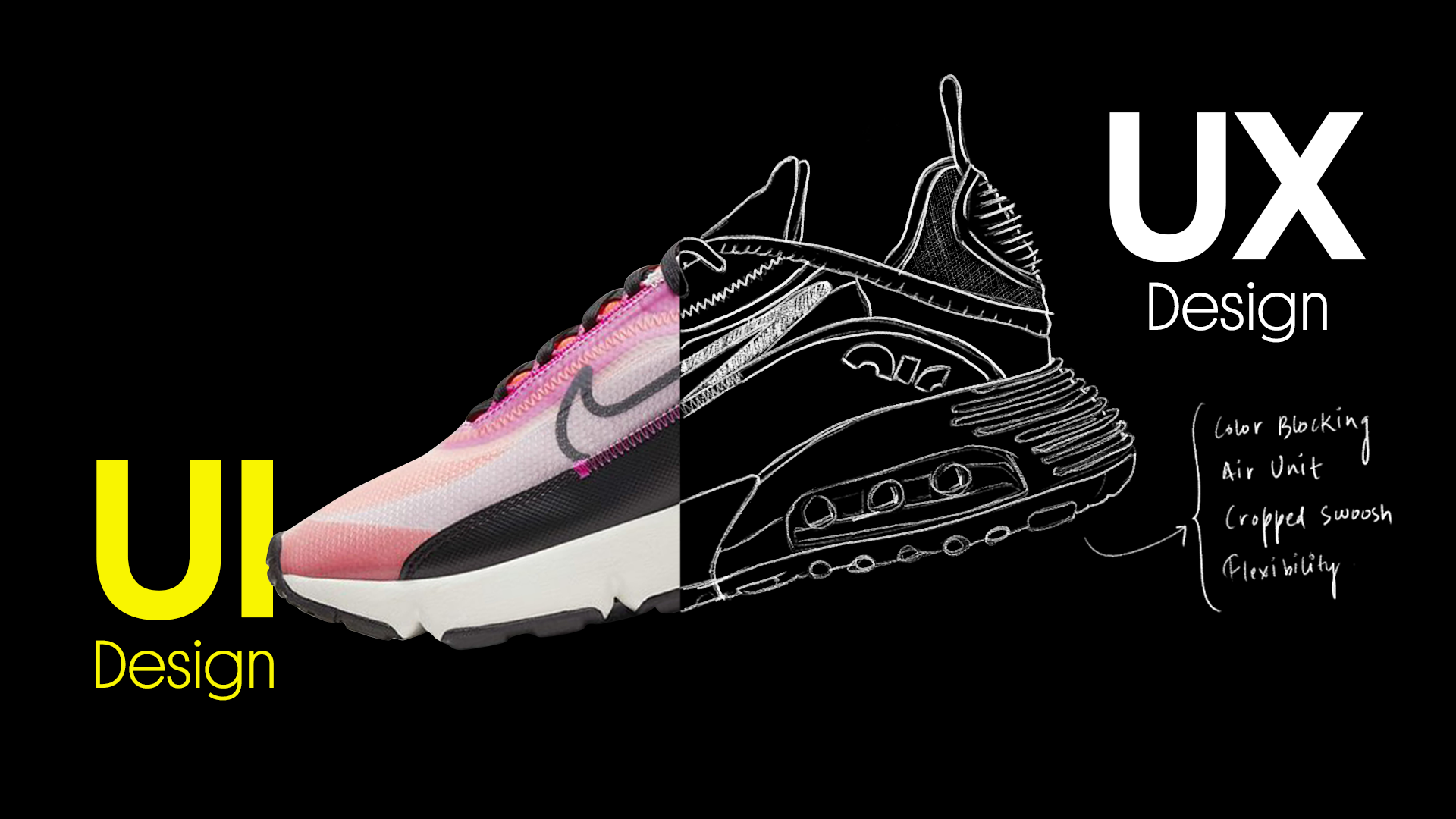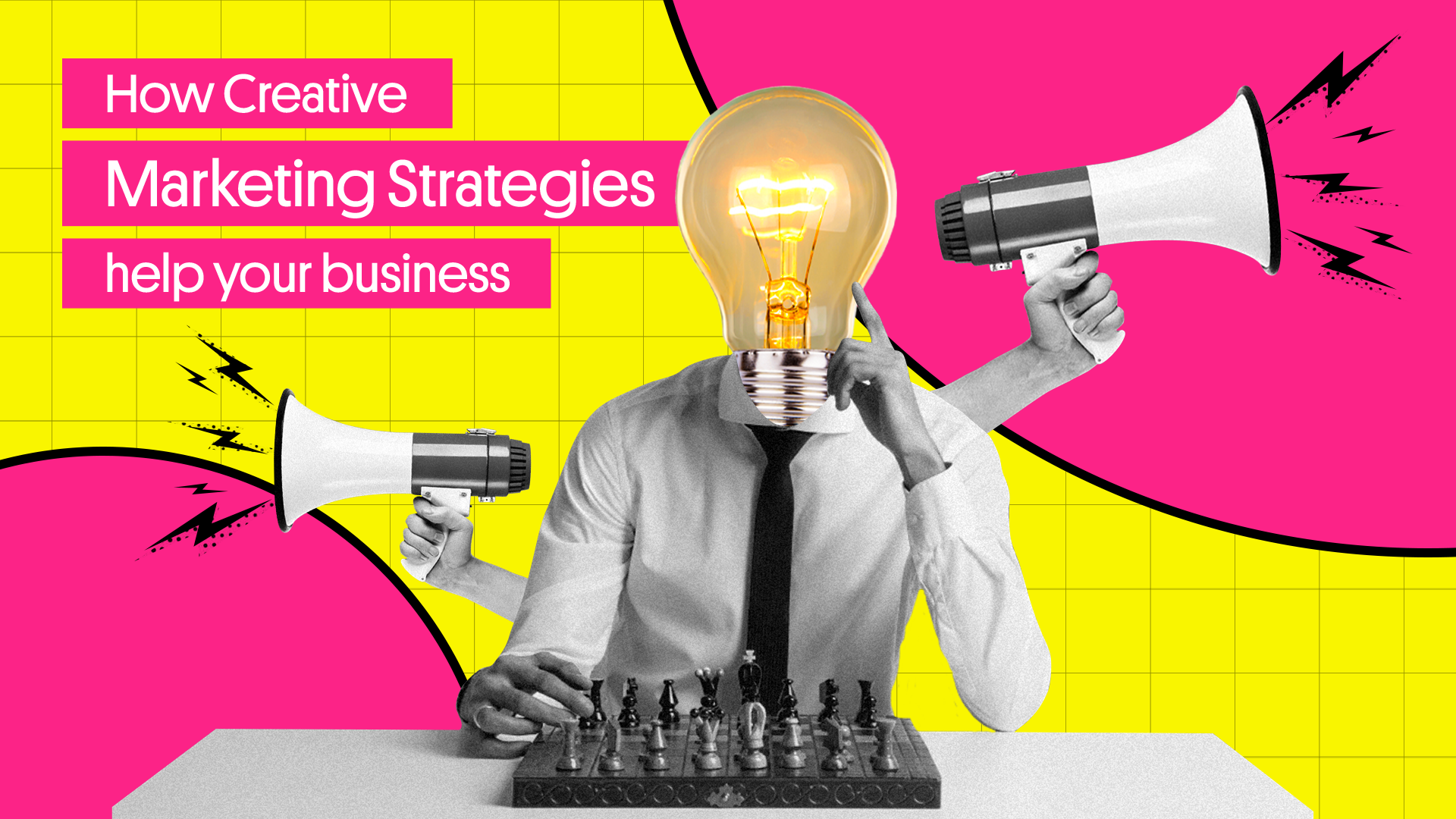Table of Contents:
- Introduction
- What is UI Design?
- Why is UI design important?
- What is UX Design?
- Why is UX design important?
- Difference between UI and UX design
- Conclusion
UI design and UX design are two of the most often confused and conflated terms in web and app design. They’re usually placed together in a single term and viewed from the surface they seem to be describing the same thing. It’s often hard to find solid descriptions of the two that don’t descend too far into jargon.
The truth is, UX and UI are two sides of the same coin.
Think of it this way: UX is all about how a product feels. UI is all about how a product looks.
UI design refers to user interface design, while UX design stands for user experience design.UI is how something looks and how you interact with it. UX is how something works.
Let’s dive deep into both of them one by one.
What is User Interface (UI) Design?
UI design is the process of making interfaces in software or computerized devices with a focus on looks or style. Designers aim to create designs users will find easy to use and pleasurable.
The term was coined by Joel Spolsky in 1995 when he launched the first discussion forum for UI designers, calling it the “User Interface Design Group”.
The goal of user interface design is to make the user’s interaction as simple and efficient as possible.
Good user interface design facilitates finishing the task at hand without drawing unnecessary attention to itself. Graphic design and typography are utilized to support its usability, influencing how the user performs certain interactions and improving the aesthetic appeal of the design; design aesthetics may enhance or detract from the ability of users to use the functions of the interface.
UI design is the process of creating products that are both useful and easy to use, by thinking about users’ needs and how they will interact with the product.
UI design, at its core, is focused on the user interface — anything that a user interacts with. This encompasses everything from buttons and icons to drop-down menus and sliders to text fields and images. The purpose of UI design is to envision how these components can be combined into interactive interfaces that are both functional and appealing.
Why is the user interface design important?
“If a website was a house, then the visual design would be interior decorating.”
User interface design is important because it can make or break your customer base. It can be the difference between a successful app/website and one that fails. It can also mean the difference between customers staying on your site or leaving it.
The most obvious reason to invest in good user interface design is for business reasons: if you want people to buy from you, use your website, download your app, you have to make sure they don’t get frustrated and leave before they convert.
The user interface (UI) design is the actual look and feel of the website. It’s what you see on the screen and interact with. You can think of it as the website’s “skin”. The UI includes colors, typography, page layouts, buttons, and other visual elements that are used in web design.
It’s crucial to have a beautiful and consistent UI to create an enjoyable user experience (UX). But, what is UX Design? Let’s understand.
What is UX design?
“A website with beautiful interface but poor performance is like a Lamborghini with Toyota engine.”
UX design is more than just a buzzword. It’s the difference between a website that people like to visit and one they can’t wait to leave.
UX designers are tasked with shaping the overall user experience of a website or web application, focusing on how it feels, functions, and looks.
In other words, good UX design is all about making sure that a visitor to your site has a good experience when they’re there.
User experience (UX) design is the process design teams use to create products that provide meaningful and relevant experiences to users. This involves the design of the entire process of acquiring and integrating the product, including aspects of branding, design, usability, and function.
UX design is the process of enhancing user satisfaction with a product by improving the usability, accessibility, and pleasure provided in the interaction with the product. User experience design encompasses traditional human-computer interaction (HCI) design and extends it by addressing all aspects of a product or service as perceived by users.
User experience design consists of traditional elements of design and engineering integrated with scientific disciplines such as psychology, sociology, and anthropology. UX designers are responsible for the overall feel of a product or service.
There’s more that goes into designing an interface than simply making it look good. UX design focuses on the end-user experience, including any interactions the user has with the interface. It’s about creating something that meets the needs of users and provides them with value, not just something that looks nice.
Why is User Experience Design important?
In the case of a website, UX design includes everything from aesthetics to whether or not a site is usable, and it plays a vital role in your company’s success. Customers who have positive experiences are likely to return, while those who don’t can form negative opinions of your brand that they’ll share with others.
In the case of a product, UX designers are responsible for the user experience (UX) of a product. Their job is to ensure that the product logically flows from one step to the next. UX designers solve for usability first and aesthetics second.
A UX designer will make sure all the steps a user needs to take to achieve their goal are clear, logical, and easy. The best way for them to do this is through wire-framing — creating a visual representation of all the screens in an app or website, and how they connect.
UI vs UX Design: The difference between the two.
It’s like asking, “What is the difference between red paint and the chemicals the paint is made up of?” There is no difference. Red paint is made up of all sorts of different chemicals that when combined make red paint.
Just as the user experience is made up of a bunch of different components, user interface design being just one of them, when combined makes up the user experience.
Ask yourself — what is the difference between a MacBook and the shape of the keyboard keys? What’s the difference between tea and the type of material the tea bag is made from?
If we’re talking about delicious cake (and why wouldn’t we be?), UI is the icing, the plates, the flavour, the utensils, and the presentation. UX is the reason we’re serving cake in the first place, and why people would rather eat it than hamburgers.
UI design and UX design go hand-in-hand; you can’t have one without the other.
User interface (UI) design is about making the product look good. It’s about adding colors, borders, icons, shadows, and all sorts of other visual flairs. It’s also about making sure that those elements fit into a larger whole that makes sense from both a visual and functional perspective.
User experience (UX) design is the process of systematically improving a product so that it is more intuitive, efficient, and user-friendly. Doing so involves considering how different parts of the product interact with each other, and how they’re perceived by users.
So when you think of UI vs UX design, just remember that your user interface is only one part of the equation.
From the perspective of a user, there is no difference. The experience is what you feel and think when you interact with a product or a service. There is no difference between the quality of your experience whether you are interacting with a web page or an app, whether you are using a desktop computer or your mobile phone.
From the perspective of a designer, there is a big difference. They are two completely different fields of study. While they share some common interests, they don’t overlap.
So what’s the difference?
Both elements are crucial to a product and work closely together. But despite their professional relationship, the roles themselves are quite different, referring to very different parts of the process and the design discipline. Where UX design is a more analytical and technical field, UI design is closer to what we refer to as graphic design, though the responsibilities are somewhat more complex.
UI and UX are often talked about together, but each is very different.
UI designers focus on making things look good. They’re concerned with aesthetics and creating a product that has a consistent style and looks that appeal to users. A UI designer will work closely with a UX designer to make sure that their designs fit in with the requirements of the UX designer.
UX designers focus on making sure that a product is easy for people to use. They’re concerned with optimizing the flow of information – how easy it is for users to get from point A to point B, for example. They also ensure that products are engaging so that users want to keep using them.
UX design is the process of building a website (or app) that is both functional and intuitively easy to use. It focuses on the “satisfaction” aspect of a user’s experience.
UI design, on the other hand, focuses on making sure each screen looks its best visually and serves its purpose in an overall product.
User Experience is the way users feel when interfacing with your product or service. A good UX design creates a positive experience that keeps users loyal to the product or brand.
Conclusion
UI and UX work together but are different. UX design is more analytical. It’s rooted in cognitive behaviour and human psychology. UI design software is focused more on the visuals—or whether a product is aesthetically pleasing.
The UX design process is the framework or strategy that guides how a designer or team of designers tackles a project. It’s the series of steps or actions a designer takes to best solve a problem for their user.
Some examples of this would be conducting user research, creating wireframes and prototypes, testing, iteration, and presentation.
The UI process is the steps and actions that are taken to turn UX design into reality. The UI process revolves around the definition of style and brand guidelines that must be followed to create a cohesive experience between all your products.
Some examples of this would be defining color palettes and typography, creating basic elements such as buttons and icons, designing page layouts and templates, and developing style guides.
UX is more to do with the actual functionality and content of a website or app, while UI is the look and feel and how people interact with it.
Writing Credit – Pranjali






